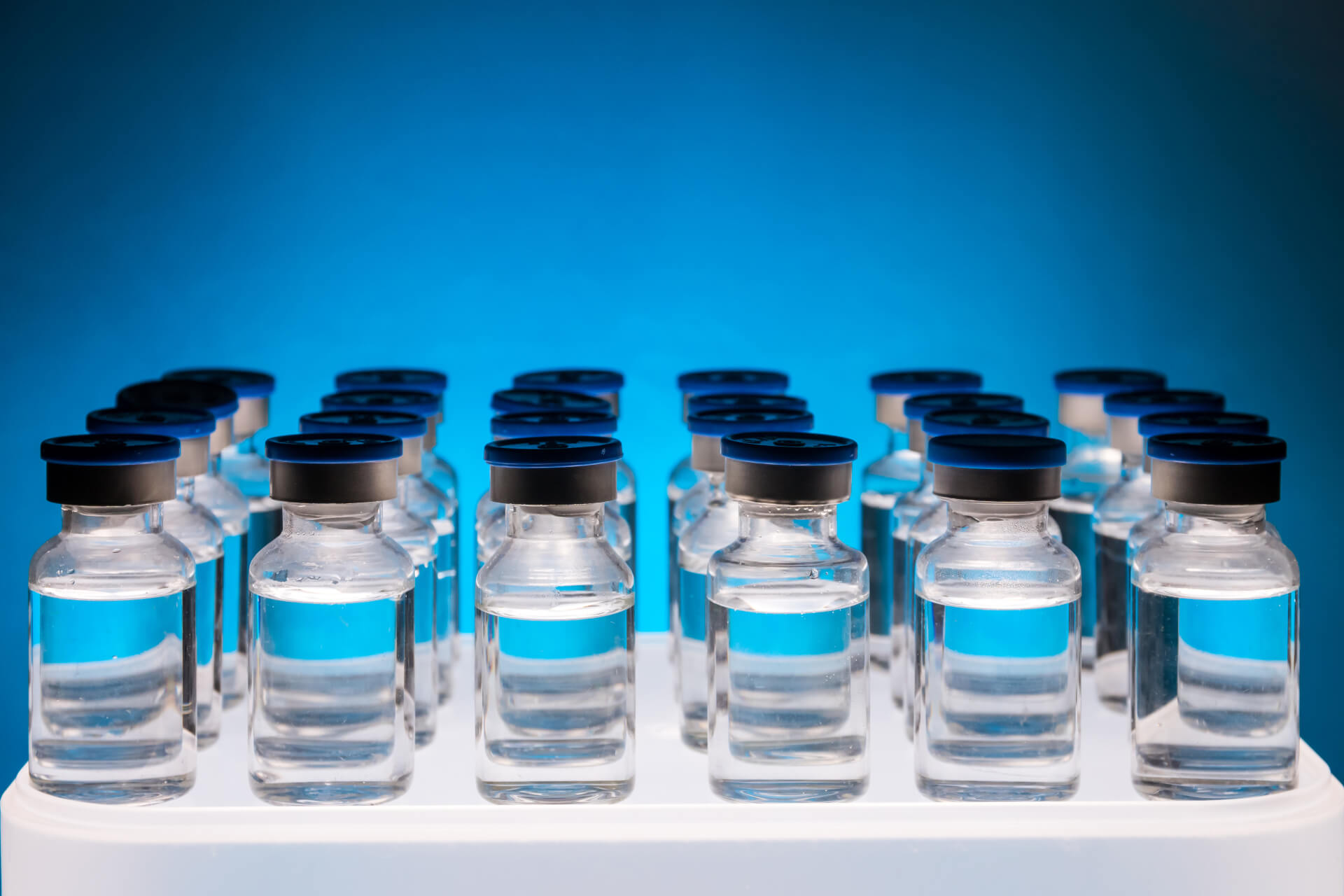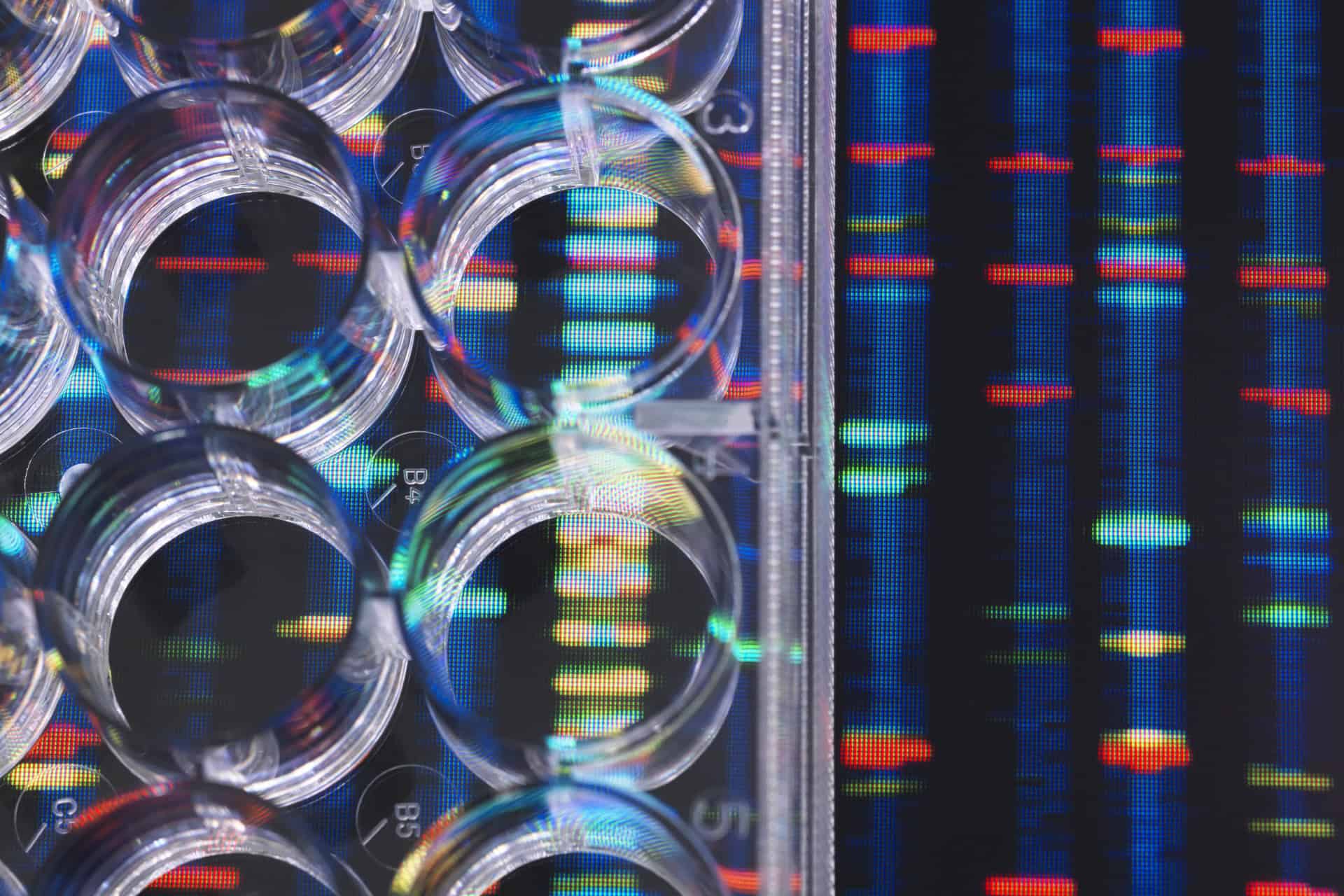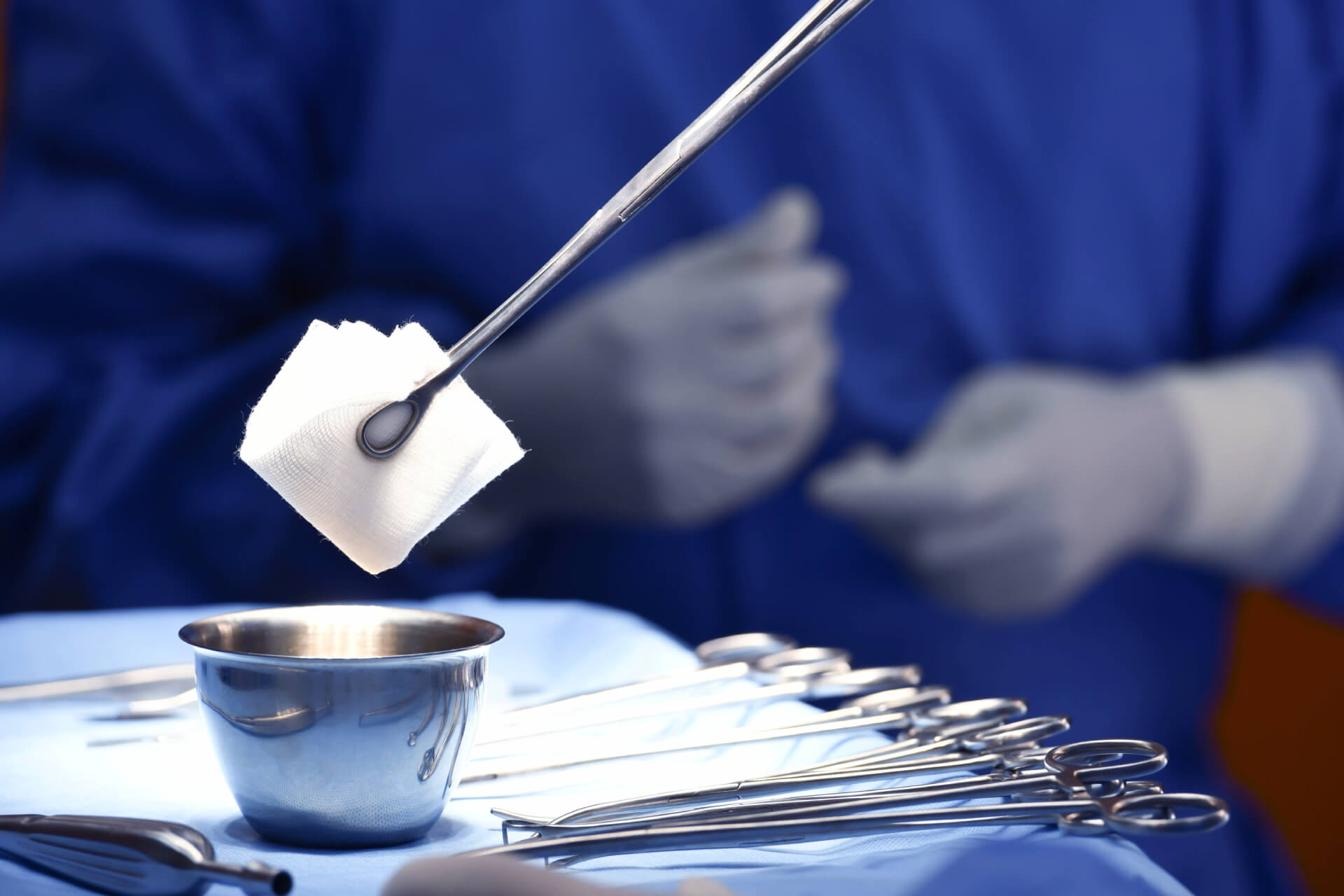Life Sciences
Chemical surface modification is a key technology in the life sciences industry, enabling the development of advanced biomaterials, drug delivery systems, and diagnostic tools. Its applications span biorecognition, theranostics, and antibacterial strategies. In biorecognition, modified surfaces selectively bind biomolecules such as antigens or antibodies, improving detection accuracy in biosensing applications. Theranostics leverages engineered surfaces for both targeted drug delivery and real-time treatment monitoring, optimizing therapeutic outcomes. For antibacterial applications, functionalized surfaces help minimize bacterial adhesion, inhibit microbial growth, or actively disrupt bacterial membranes, significantly reducing infection risks. By enhancing material performance across these domains, surface modifications drive advancements in healthcare and biomedical technologies.

Biorecognition
Biorecognition relies on surface modification to develop materials that selectively interact with biomolecules like proteins, DNA, or antibodies. By introducing specific chemical groups, these surfaces enhance binding specificity and affinity, allowing for highly accurate molecular recognition.
This approach is widely used in biosensors (e.g., immunoassays, DNA microarrays) to detect biomolecules at very low concentrations. Additionally, it plays a crucial role in biological separations, such as chromatography and affinity purification, by facilitating the selective capture and release of target compounds.
The precise tuning of surface chemistry in biorecognition is essential for creating highly sensitive and selective diagnostic tools, improving the reliability of biomedical analyses.

Theranostics
Theranostics integrates surface modification to enable both drug delivery and real-time treatment monitoring. Functionalized surfaces allow for controlled drug loading, sustained release, and targeted delivery to specific cells or tissues, increasing therapeutic efficacy while minimizing side effects.
Simultaneously, these surfaces can incorporate contrast agents or fluorescent markers, making them compatible with imaging techniques such as MRI or fluorescence microscopy. This capability allows clinicians to track drug distribution, monitor treatment response, and adjust therapies accordingly.
By bridging therapy and diagnostics, surface-engineered theranostic materials support the development of personalized medicine, optimizing patient care through data-driven treatment adjustments.

Antibacterial
Antibacterial surface modification is widely used in medical and public health applications to reduce bacterial adhesion, proliferation, and survival. Depending on the chemical groups introduced, modified surfaces can either prevent bacterial attachment and biofilm formation, inhibit microbial growth by interfering with essential cellular functions, or actively kill bacteria through the release of antimicrobial agents or interactions with bacterial membranes. These strategies are particularly crucial in healthcare environments, where preventing infections is essential for medical devices such as catheters and implants. Beyond clinical applications, antibacterial coatings are increasingly applied to high-contact surfaces in hospitals and public spaces, such as door handles and countertops, to limit bacterial transmission. By combining passive and active antibacterial mechanisms, surface modifications play a critical role in infection control and patient safety.

